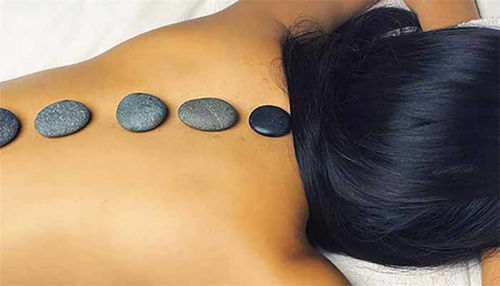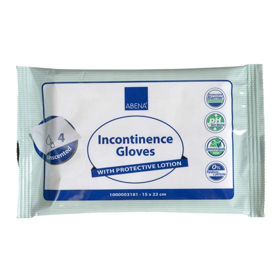Definition of urinary incontinence:
It's a urine leak. Urinary incontinence is the inability to control urination, with water leaking uncontrollably in drops or completely, even when we try to hold it back. This is a big social and hygienic problem for many women as well as men.

This scourge mainly affects the elderly population. As many as 70% of women over the age of 64 have them. Urine leakage is always a disease, pathological, not a normal occurrence.
What changes occur with aging?
- reduced bladder muscle extensibility,
- reduced elasticity of the bladder wall,
- reduction in the number of spontaneous bladder compressions,
- reducing the levels of female hormones (estrogens).
In younger women, the problem occurs due to weakening of the pelvic floor muscles, which is due to successive births, as well as being overweight. Some medications also contribute to a bad effect on the bladder.
Types of incontinence
1. stress incontinence: due to weakened pelvic floor muscles, the sphincter muscle loses the ability to remain compressed,
2. urgent incontinence: it means premature compression of the bladder muscle, even when the bladder is incomplete. Such muscle contraction usually becomes spontaneous and can be triggered by sudden pressure on the abdomen,
3. owerflow incontinence: this is caused by blockage of the outflow of urine from the bladder or general weakness of the bladder muscle.
4. mixed incontinence: is a combination of the first two, stress and urgent incontinence.
Preventive action is to drink enough fluids to make our urine a gentle bright yellow color. We drink more fluids in the summer and during physical activity. The most suitable liquid is water, and we should avoid drinking coffee and beverages that contain caffeine. The same goes for alcoholic and carbonated beverages. In addition, we pay attention to urinary hygiene and that we do not go to the toilet too often, if we did it a few minutes ago, we also do not keep a full bladder (eg while traveling in a car).












